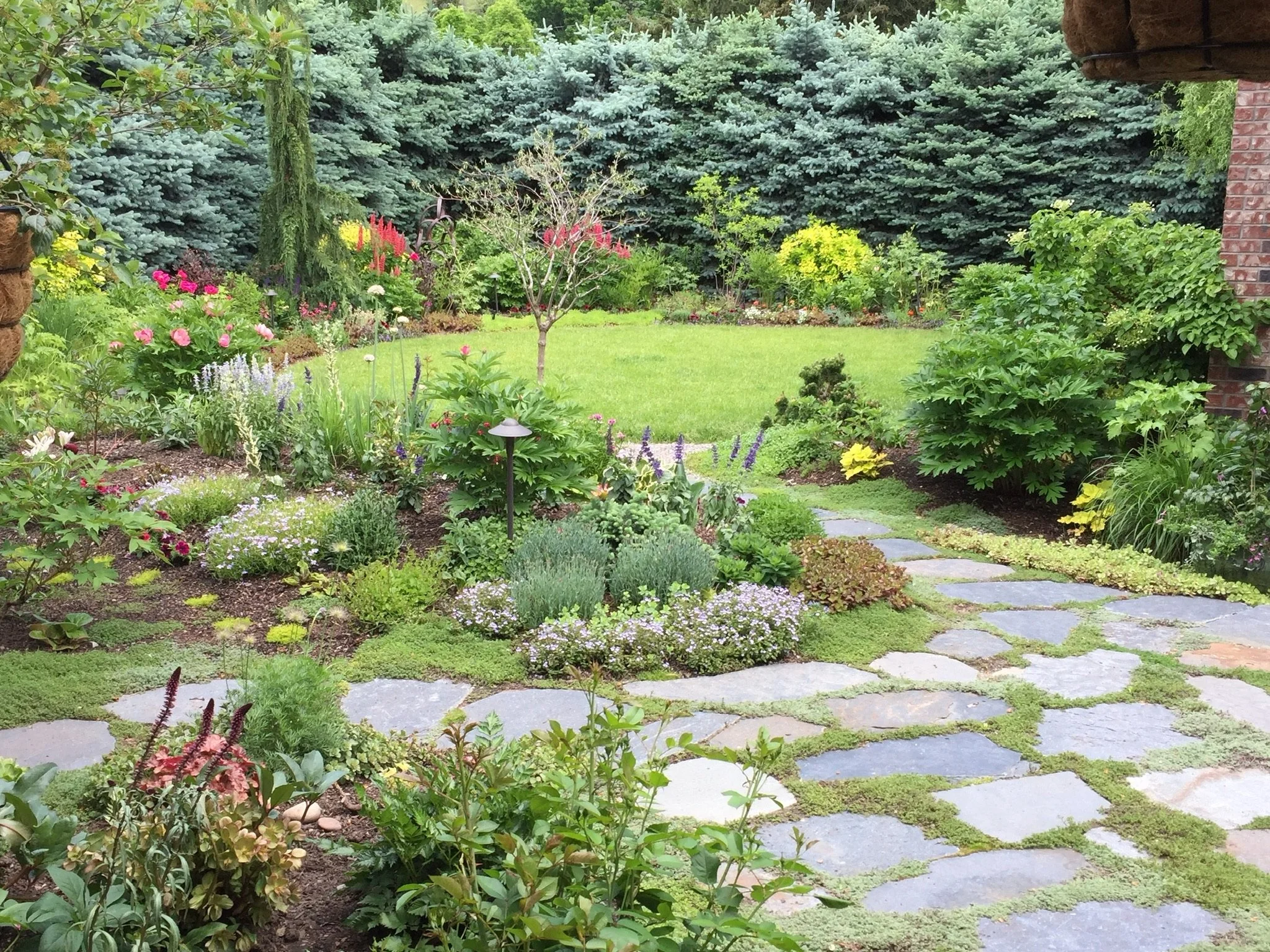Lawn Alternatives
From The Desk Of Bill CarasI’m in my 48th year here at the nursery. During that time I’ve seen all kinds of Montana “spring” weather. This year has been relatively nice compared to last year in particular.
One trend we’re noticing is a high interest in lawn alternatives, particularly pollinator friendly lawns and low growing, low water-need turf. Below I have written some brief summaries on what we have and how to succeed with these various seed mixes. The common theme is getting these various mixes to germinate and grow until established. Once established, they are all quite resilient.
I am a proponent of these turf alternatives and the increased biodiversity they offer but expectations should involve that they will not save maintenance (at least initially) and that they will change the aesthetic (in a positive way I believe). Success will be centered on initial seed establishment and weed control. In the long term, considerable maintenance and water could be saved. Let’s go spring!
Seeding Success with Native Seed Wildflowers:
1) Create a loose seedbed.
2) Work seed into soil 1/4” or cover with compost (1/4”).
3) Water consistently, keep damp.
4) Add organic fertilizer after a few weeks.
5) Mow 1-2x per year.
Once established, little maintenance or water is needed.
Bee Friendly Lawn - contains grasses and low growing flowering plants.
1) Rake seed into loose seedbed. Water frequently, lightly. Don’t allow to dry out.
2) Apply organic fertilizer after germination 1-2x.
3) Mow high (above flowers).
Low Mow/Low Water Lawns:
1) Rake seed into loose seedbed. Water frequently, lightly through germination and establishment.
2) Mow high a few times per year. Organic fertilize 1x per year.
3) Supplement water only if staying green is desired.
Lawn Mixes - You’ll find the following mixes in our store. We formulated these mixes specifically to thrive in Montana’s growing conditions:
Caras Premium Lawn Seed: Contains Bluegrass, Fescue (and ryegrass for quick green).
Caras Premium Shade Mix: Shade tolerant selections but also performs well in full sun.
Water Warden: Mix of drought tolerant tall fescues. Needs less water once established.
Weeds:
There are two different types of weeds that can raise havoc in the yard and garden. With perennial weeds, the roots live through the winter and eliminating them requires persistence. Annual weeds rely on putting out seeds and are much easier to control. Annual weeds should not be allowed to develop viable seeds and must be mowed off or pulled prior to seed “ripening”. Organic weed sprays work best on younger weeds but often only “top kill” established weeds. Most weed sprays must be applied to the foliage to be effective.



